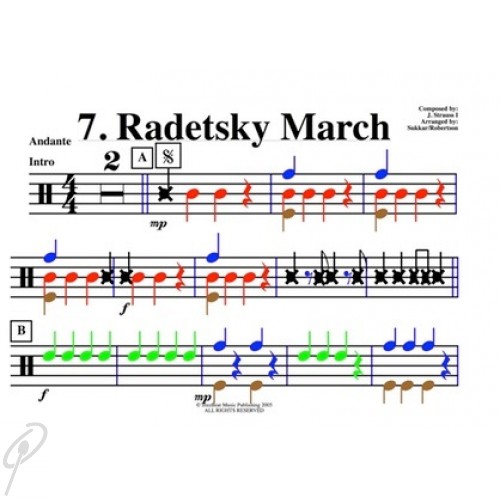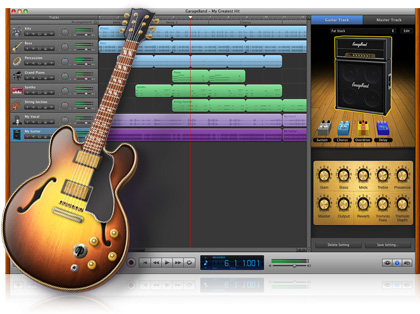This final dance tutorial allowed us to explore, not only how we can incorporate dance with other KLA’s but also gave us a glimpse at what creating a dance unit of work would entail. Whilst the tutorial itself, included very limited practical elements, I think that the collaboration of small groups to create a unit of work allowed us to have great insight into what our future teaching practices will involve and how readily we can incorporate different learning strands within the dance curriculum. A particularly powerful point that was raised throughout the tutorial was the fact that students will often remember dance performances at school from when they were much younger (as oppose to remembering what they did in maths or English per say) and reflecting on my own schooling experiences this is very much true. With this in mind, I think it is our responsibility to as future teachers to collaborate and use problem solving to improve our teaching strategies in order to provide meaningful learning experiences (Gibson & Ewing, 2011).
Reference:
Gibson, R., & Ewing, R. (2011). Transforming the curriculum through the arts. South Yarra, Vic: Palgrave Macmillan



